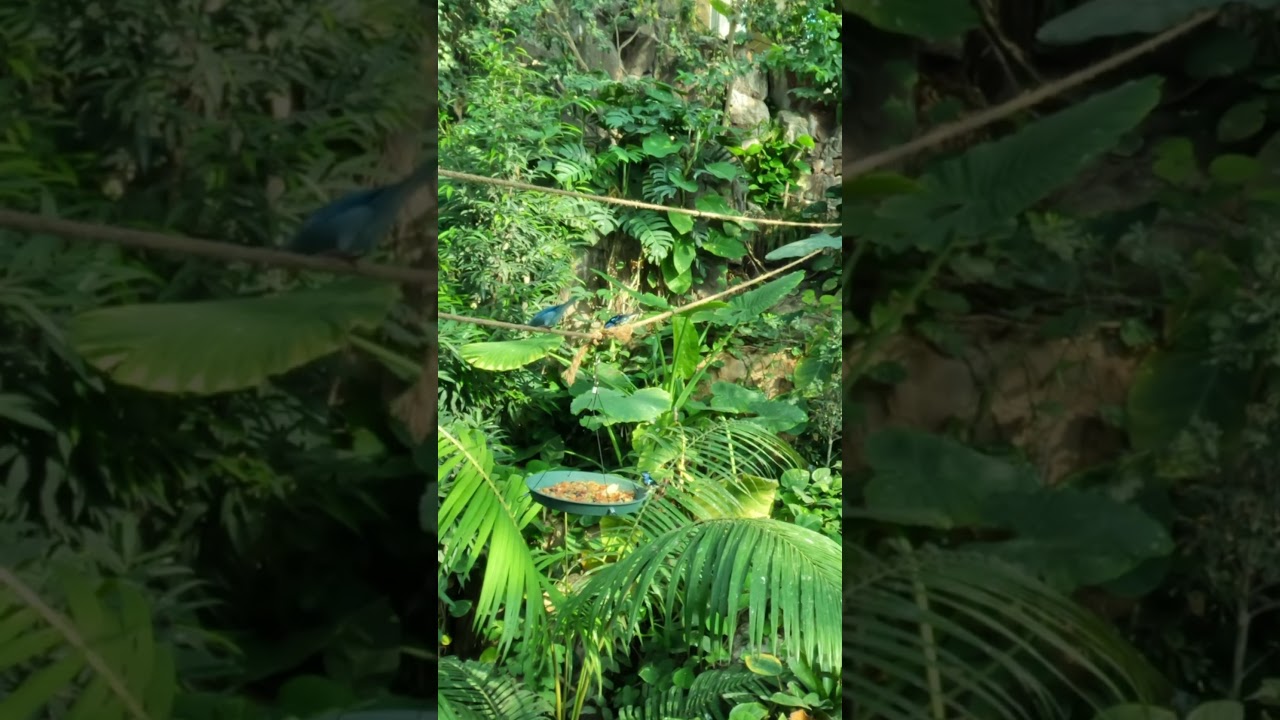- Importance of correct bird nutrition in the Amazon Rainforest exhibit
- Types of birds in the Amazon Rainforest exhibit and their specific dietary needs
- Feeding schedules and techniques used in the exhibit
- The role of zoo management in maximizing bird health and longevity
- Conservation efforts linked to the feeding practices in the Amazon Rainforest exhibit
The Amazon Rainforest exhibit at any reputable zoo is a microcosm of one of the most biodiverse ecosystems on Earth. Feeding time for the birds of this exhibit is more than just a routine task—it’s a crucial aspect of their daily care and a pivotal factor in their well-being. This article delves into the various facets of feeding time, providing a detailed look at bird nutrition, specific dietary needs, schedules, zoo management practices, and conservation efforts.
Proper bird nutrition is essential for maintaining the health and vitality of the species housed in the Amazon Rainforest exhibit. Just as it is in the vast Amazon itself, the diets of these birds must be diverse and rich in essential nutrients. A balanced diet impacts everything from the plumage condition to reproductive success. Thus, the correct nutritional practices are fundamental to the overall health of these avian residents.
Birds housed within the Amazon Rainforest exhibit come from various species, each with unique dietary requirements. Some of the prominent residents include the vibrant macaws, frugivorous toucans, nectar-feeding hummingbirds, and insectivorous antbirds. Macaws, for instance, have sturdy beaks suited for cracking nuts and seeds, making a diet rich in these foods essential. Toucans, with their large bills, thrive on a mixture of fruits and insects. Hummingbirds, on the other hand, require a high-energy diet primarily consisting of nectar, often supplemented with small insects for protein. Meanwhile, antbirds’ diets are heavily reliant on insects and other small invertebrates, reflecting their foraging habits in the wild.
Feeding schedules and techniques are meticulously planned to replicate the natural feeding patterns observed in the wild. Early morning and late afternoon feedings mimic the peak activity periods in the Amazon, ensuring the birds feed in a way that aligns with their circadian rhythms. Caretakers employ various techniques, such as scatter feeding, where food is spread around the enclosure to promote natural foraging behavior. Hanging feeders, designed to replicate hanging fruits and flowers, encourage climbing and perching, essential for physical health and behavioral enrichment.
Zoo management plays an instrumental role in ensuring the long-term health and vitality of the birds within the Amazon Rainforest exhibit. By leveraging expertise in animal husbandry, nutrition science, and veterinary care, zoo managers craft and maintain an optimal feeding regimen. This involves close collaboration with nutritionists to develop diets that closely mimic natural food sources while providing all necessary vitamins and minerals. Regular health checks are also conducted to monitor the birds’ physical condition, adjusting diets as necessary to address any emerging health concerns.
Conservation efforts are inherently linked to the feeding practices in the Amazon Rainforest exhibit, emphasizing the importance of replicating natural diets to facilitate successful breeding programs. By providing a diet that mirrors what these birds would consume in the wild, zoos contribute to the preservation of genetic diversity and the eventual reintroduction of these species into their natural habitats. Educational programs for visitors further amplify conservation messages, illustrating the intricate connection between diet, health, and habitat preservation.
The effort to simulate natural feeding conditions within the Amazon Rainforest exhibit demonstrates a commitment to animal welfare and environmental stewardship. By focusing on holistic care practices that address nutritional needs, behavioral health, and conservation objectives, zoos can better serve both their avian inhabitants and the broader ecosystem. Feeding time becomes more than a simple act of sustenance—it’s a critical component of a comprehensive strategy to protect and sustain the birds of the Amazon Rainforest exhibit.
*****
Source Description


